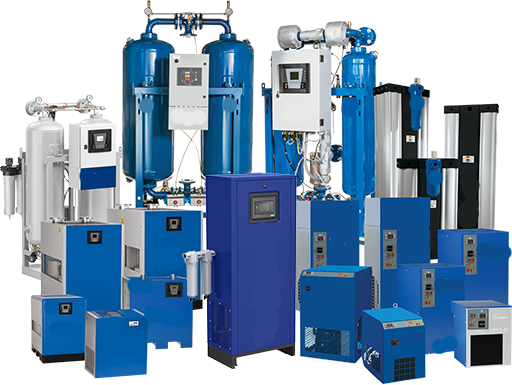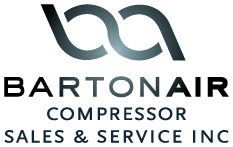What Is a Compressed Air Dryer?
A compressed air dryer is essential for removing moisture from compressed air systems. Without proper drying, excess water can damage tools, equipment, and even your final product. The right dryer ensures your system stays compliant with industry standards while running efficiently and reliably.

Refrigerated air dryers are the most commonly used in general-purpose applications. They typically maintain a pressure dew point (PDP) around +3°C (37.4°F), which is suitable for most environments. These systems use a combination of air-to-air and air-to-refrigerant heat exchangers to cool the air and condense moisture. Available in both air-cooled and water-cooled models, these dryers also come in non-cycling, cycling, and variable speed (VSD) versions to suit different energy demands.
Desiccant dryers use moisture-absorbing materials such as silica gel to dry compressed air. These systems can achieve extremely low dew points — from -10°C (14°F) down to -70°C (-94°F) — making them ideal for applications requiring ultra-dry air. Desiccant dryers operate with two towers: one dries the air while the other regenerates the desiccant. Regeneration methods include heatless purge, heated purge, or blower purge depending on the model
Membrane dryers work through selective permeation — a process where water vapor is removed as the air passes through special polymer membranes. These compact, low-maintenance units offer dew point suppression of 32°C (55°F) or 55°C (100°F), delivering outlet dew points of 3°C (37.4°F) or -20°C (-5°F), depending on the model. They’re especially useful for point-of-use or space-restricted installations.
